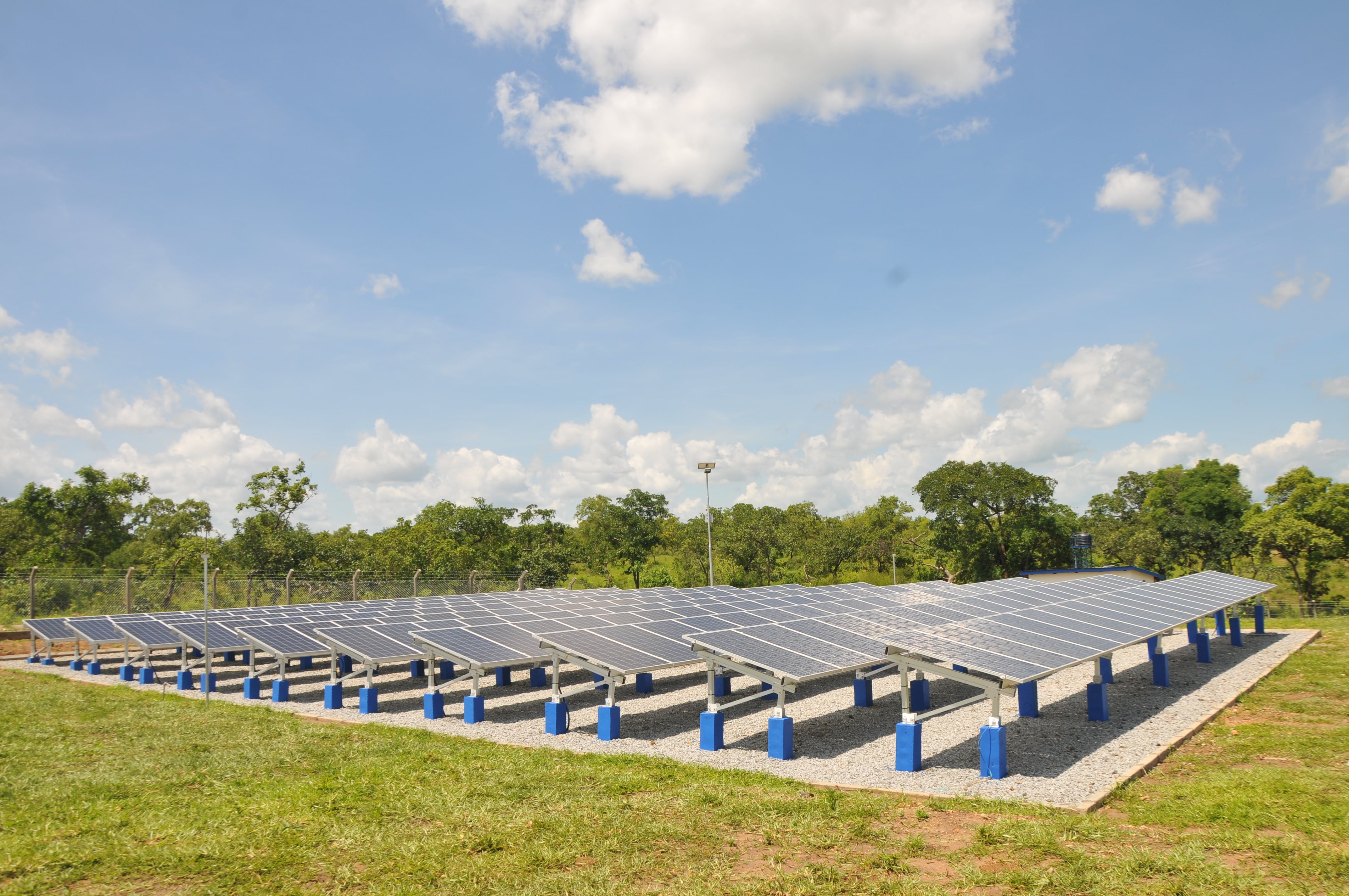In an era where the world is increasingly seeking sustainable solutions, solar energy has emerged as a shining star. Solarization, the process of utilizing solar power, has gained significant momentum in recent years due to its numerous advantages.
reduce our carbon footprint and transition to cleaner energy sources, solarization has proven to be an invaluable tool in mitigating environmental concerns and driving economic growth. In this article, we will explore the advantages of solarization and its potential to revolutionize our energy landscape.
- Abundant and Renewable:
One of the greatest advantages of solarization is the abundant availability of sunlight. The sun is an inexhaustible source of energy, providing an abundant supply of solar radiation to harness for power generation. Unlike fossil fuels, solar energy is renewable and will continue to be available for billions of years. By harnessing this free and clean resource, solarization enables us to break away from the reliance on finite and polluting energy sources.
- Environmentally Friendly:
Solarization is a key player in combating climate change and reducing greenhouse gas emissions. Solar power plants generate electricity without releasing harmful pollutants or greenhouse gases into the atmosphere, unlike traditional power plants that rely on coal, oil, or gas. By opting for solar energy, we can significantly reduce our carbon footprint, improve air quality, and protect our environment.
- Cost-Effective:
The cost of solar panels and related technologies has steadily declined over the years, making solar energy an increasingly affordable option for individuals, businesses, and governments. Once installed, solar systems require minimal maintenance, and the fuel (sunlight) is free. Moreover, solarization offers long-term energy cost stability, shielding users from the volatility of fossil fuel prices. In regions with abundant sunlight, solar energy can even be cost-competitive with conventional sources of electricity.
- Job Creation and Economic Growth:
The solar industry has become a major driver of job creation and economic growth. Solarization projects require skilled labor for installation, maintenance, and manufacturing of solar panels and related equipment. This has resulted in the creation of a significant number of jobs, ranging from engineers and technicians to salespeople and project managers. By investing in solarization, communities and nations can stimulate their economies while building a greener future.
- Energy Independence and Security:
Relying on solar energy enhances energy independence and security for countries. By diversifying their energy mix with solar power, nations can reduce their dependence on imported fossil fuels and increase their energy self-sufficiency. This reduces vulnerability to supply disruptions, price fluctuations, and geopolitical tensions associated with traditional energy sources. Solarization allows countries to harness their own abundant solar resources, fostering energy security and stability.
- Off-Grid Solutions:
Solarization also provides valuable off-grid solutions, particularly in remote areas and developing regions with limited access to electricity. By installing solar panels, these communities can power homes, schools, clinics, and other essential facilities without the need for costly and unreliable diesel generators or extensive grid infrastructure. Solarization empowers these communities, improving their quality of life, enabling education, and facilitating economic opportunities.
Conclusion:
Solarization represents a pivotal moment in our quest for sustainable energy solutions. Its advantages, such as abundant availability, environmental friendliness, cost-effectiveness, job creation, and energy independence, position solar energy as a key player in combating climate change and driving economic growth. By embracing solarization, we can transition to a cleaner, greener, and more prosperous future. Governments, businesses, and individuals must continue to invest in solarization technologies and policies to fully realize its potential and create a sustainable energy landscape for generations to come.

